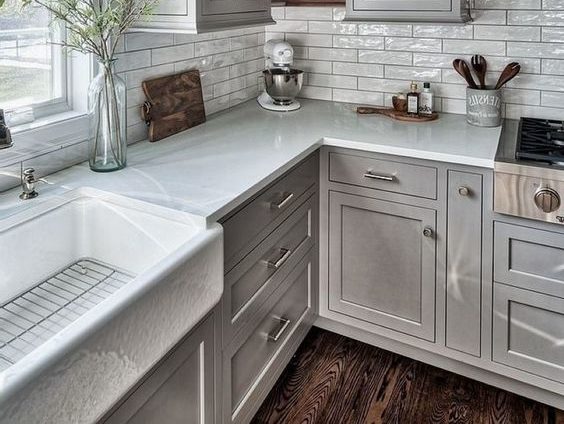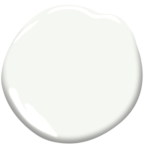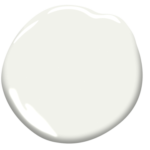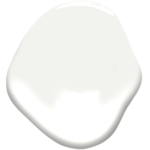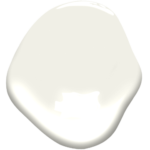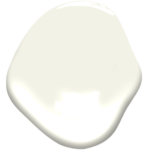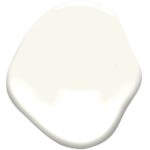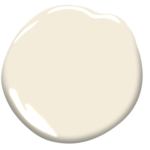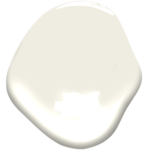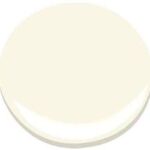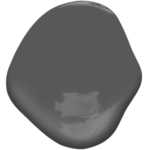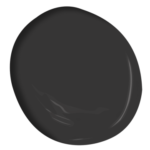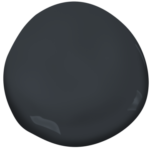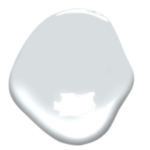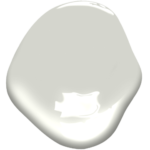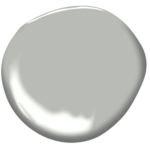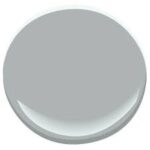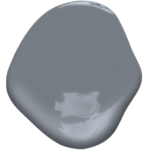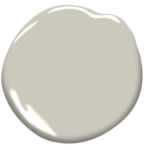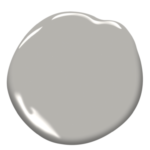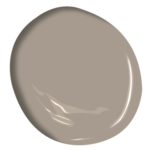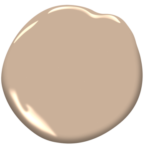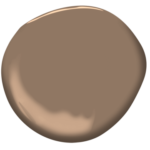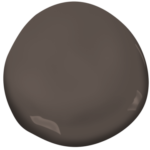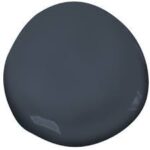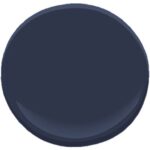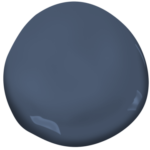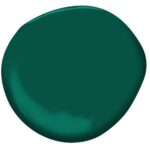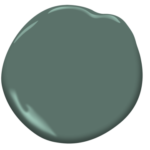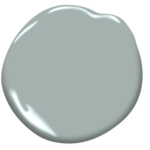Color
Designer favorites
Benjamin moore Colors included in our estimate pricing
The effect of lighting on perceived color.
We are often asked for color samples, and while we are happy to provide samples in our color selection, it’s important to understand that the lighting in our shop can make a color look very different than it might look in your home, for example.
Below you’ll see the same color (Chantilly Lace), looks quite different depending on time of day and type of lighting.
The color of bulbs you use in a room can greatly affect appearance as well, such as using bulbs in the warm spectrum (2700k) versus ones with more blue light in them (5000k).
Chantilly Lace in morning light
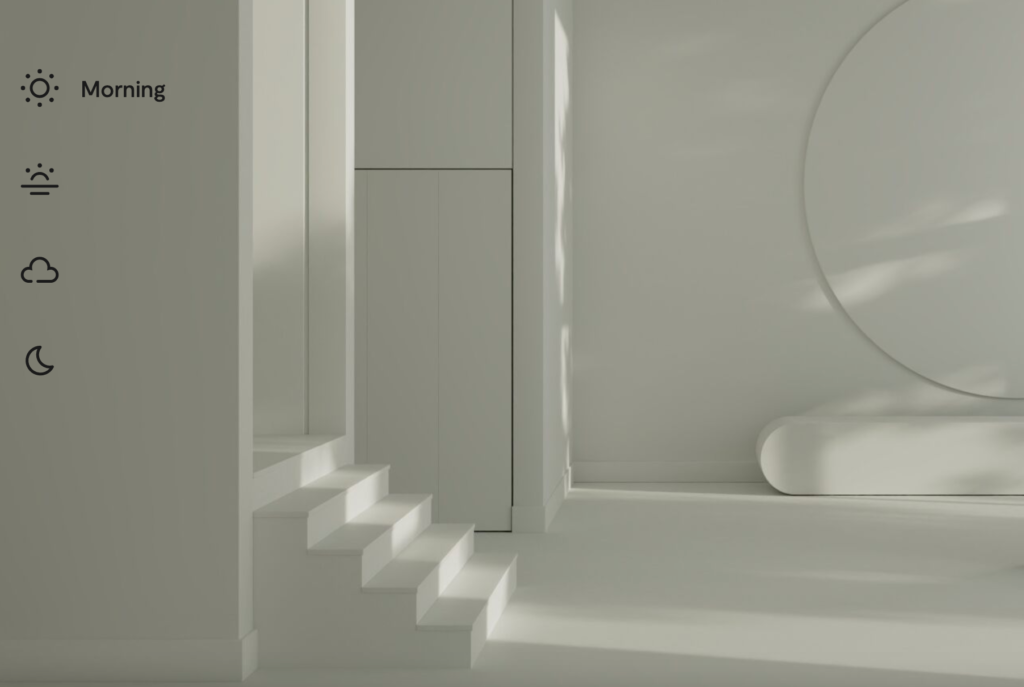
Chantilly Lace in night lighting
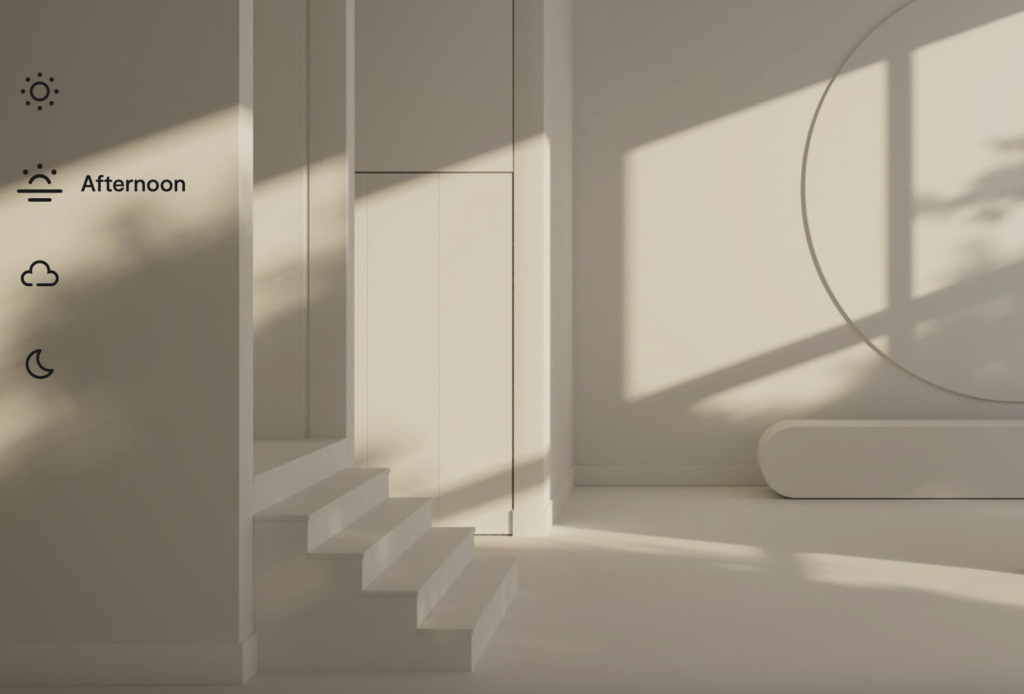
Chantilly Lace in ambient light
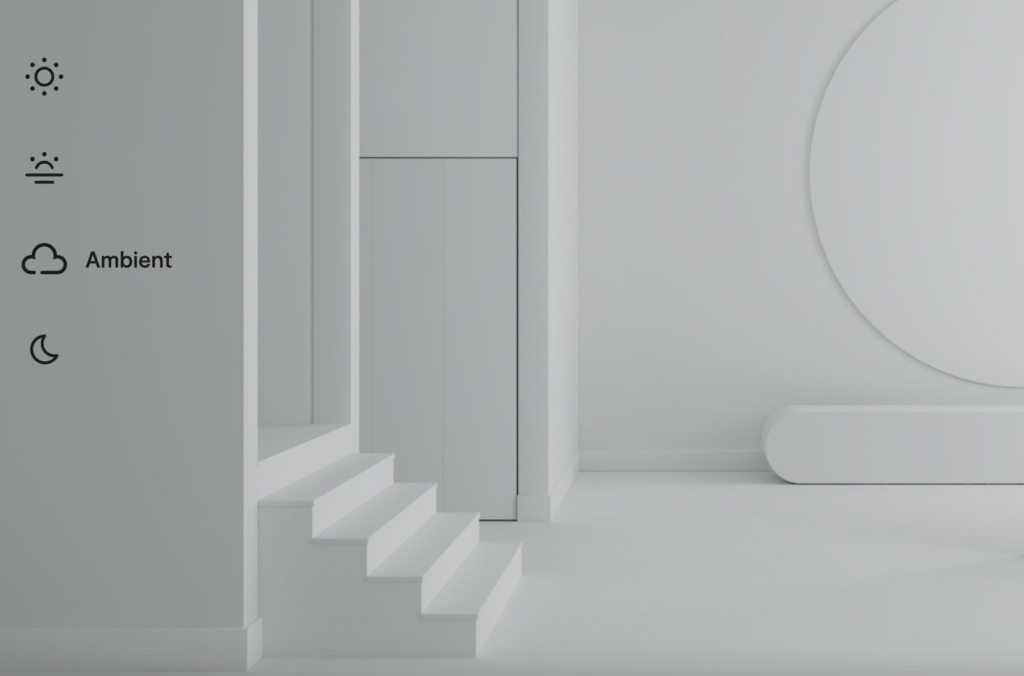
Chantilly Lace in night lighting
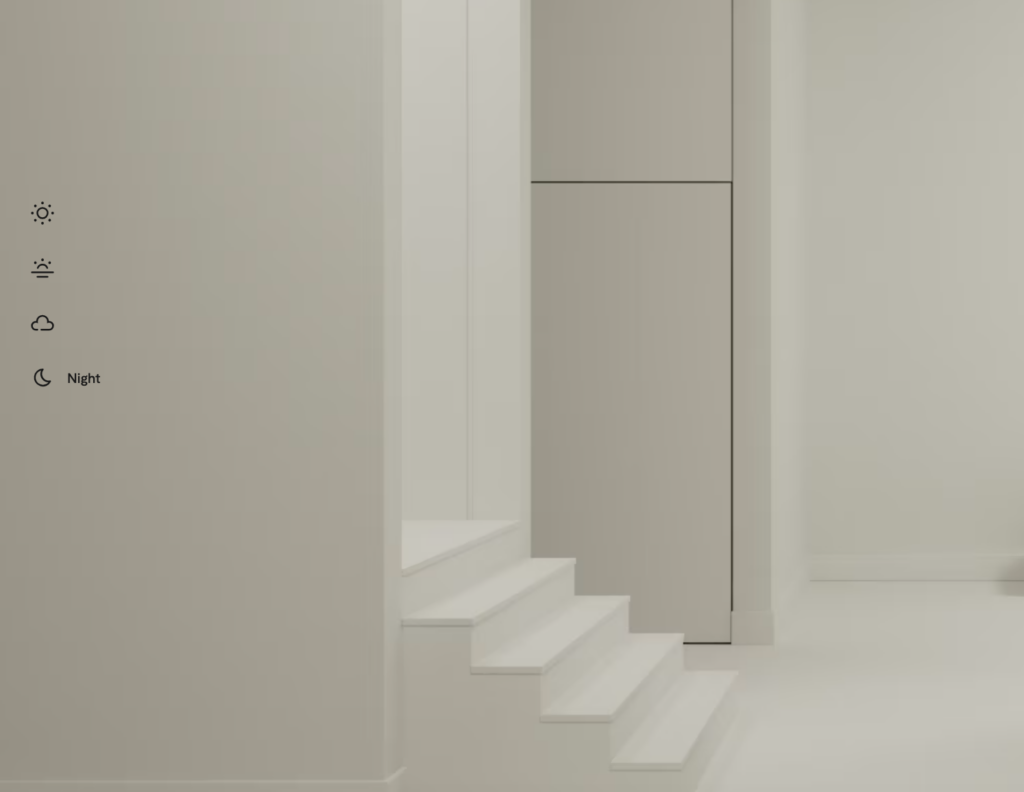
Whether you want Drama or subtlety,
here's our Tips on choosing the right color!
Where to start?
A good place to begin is the basic color wheel….
Those colors which appear close to each other on the color wheel are considered analogous, and allow for one to stand out more than the other.
Colors which appear opposite each other on the wheel are considered complementary and allow both to work together nicely.
Cool and warm colors tend to be complementary to each other.
Cooler paint colors, such as purples, greens, and blues can make a room appear larger. Warmer colors, such as oranges, yellow, and reds tend to be more vibrant and bring a feeling of coziness to a space.
You can also consider staying within the same shade of color. Shades can be pure, vibrant, muted, or dark.
Here are some more tips for getting the right color for your room:
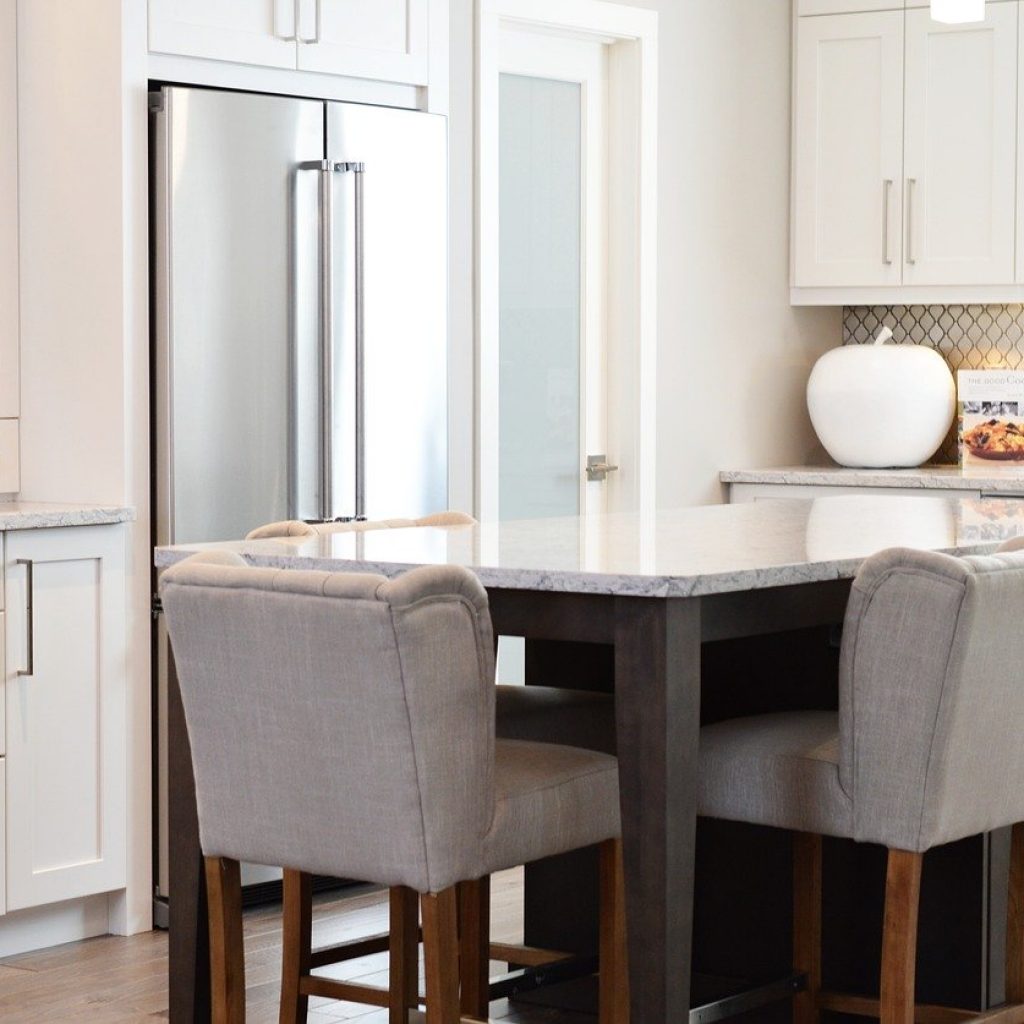
Farmhouse & Traditional neutrals

Look for Inspiration....
Start with a “dream room” that you fall in love with….maybe you saw a kitchen on HGTV you liked, or in a magazine, or on Pinterest, for instance.
Then carefully look at it and identify what is it that you like the MOST about what you’re seeing?
The contrasting colors?
The hue? Was it warming and inviting, or cool, modern and clean?
This will help you decide on the “feel” you’re going for with your main paint color.
2. Keep it neutral
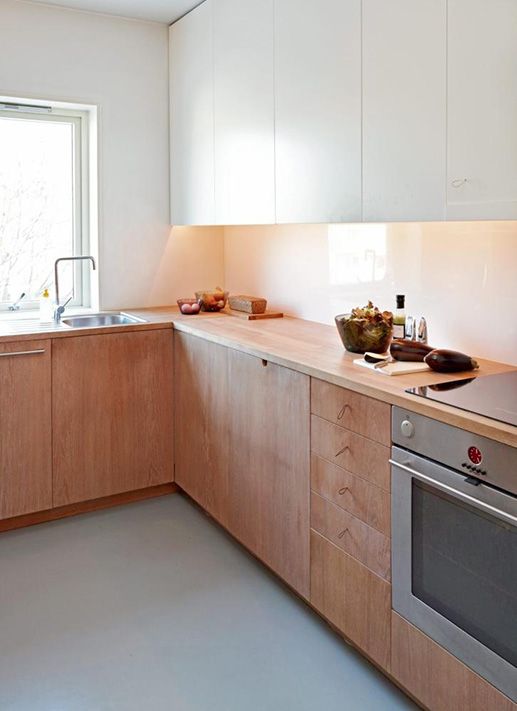
While it might be tempting to make a bold statement with furniture or accent walls, for your kitchen usually the best options are something in the neutral palettes because then you can accent it with smaller decor items (or even make your island the accent color).
Choosing a neutral color for your cabinets, also gives you more room to play around with fun choices for art and accessories.
Neutral doesn’t mean boring though….there are many tones, hues and sheens to choose from, even within the different shades of white.
For instance, a bold true white has more cool undertones and will give a modern feel.
But a warm vanilla white can give a more farmhouse, or traditional feel to a kitchen.
3. Use a color theme throughout your entire home.
One of the easiest ways to choose paint colors is to have a common color theme throughout your home.
This doesn’t mean you need to paint every room the same color.
Rather, think about varying shades of one color, particularly in rooms that connect or share a wall.
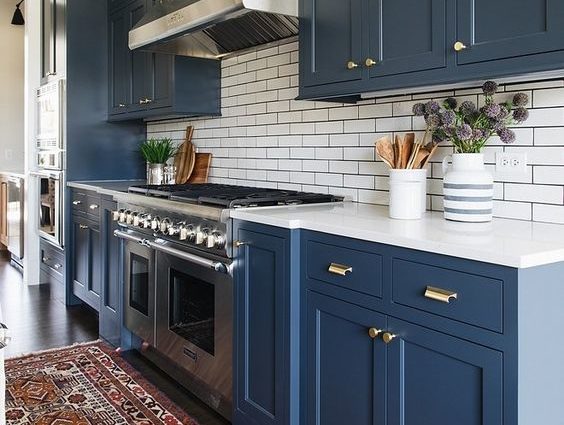
4. Still not sure what to pick?
If you just want a good re-sale value for your home, a safe bet is what’s being done in most kitchens now (whites and off-whites).
The most popular are Sherwin Williams “Alabaster”, and Benjamin Moore’s “White Dove”. Both are slightly warm whites that go well with almost anything.
Our 2nd most popular choices are the bright whites such as SW “Snowbound” and BM’s “Chantilly Lace”.
Next to whites, the most popular colors are grays, tans, and dark brown, typically in that order.
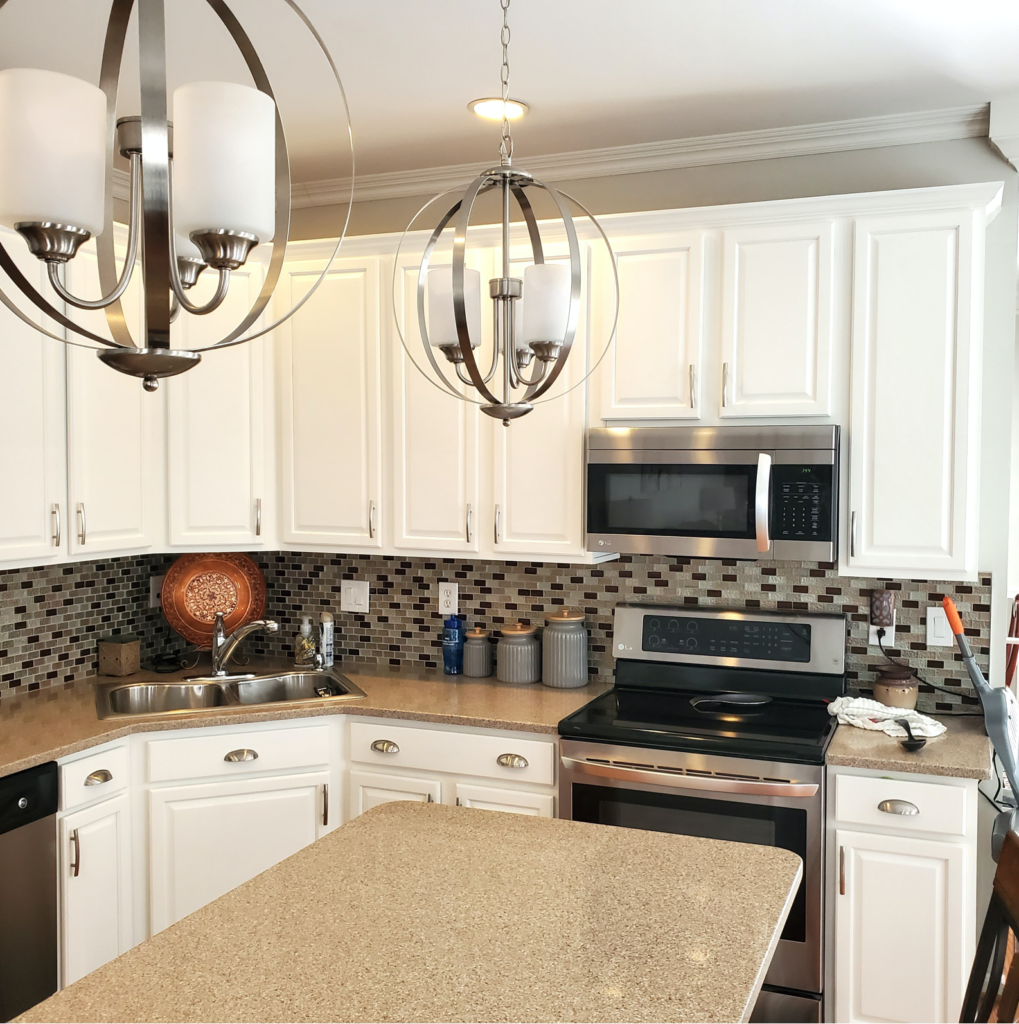
Color Inspiration
Modern: Light with splash of color
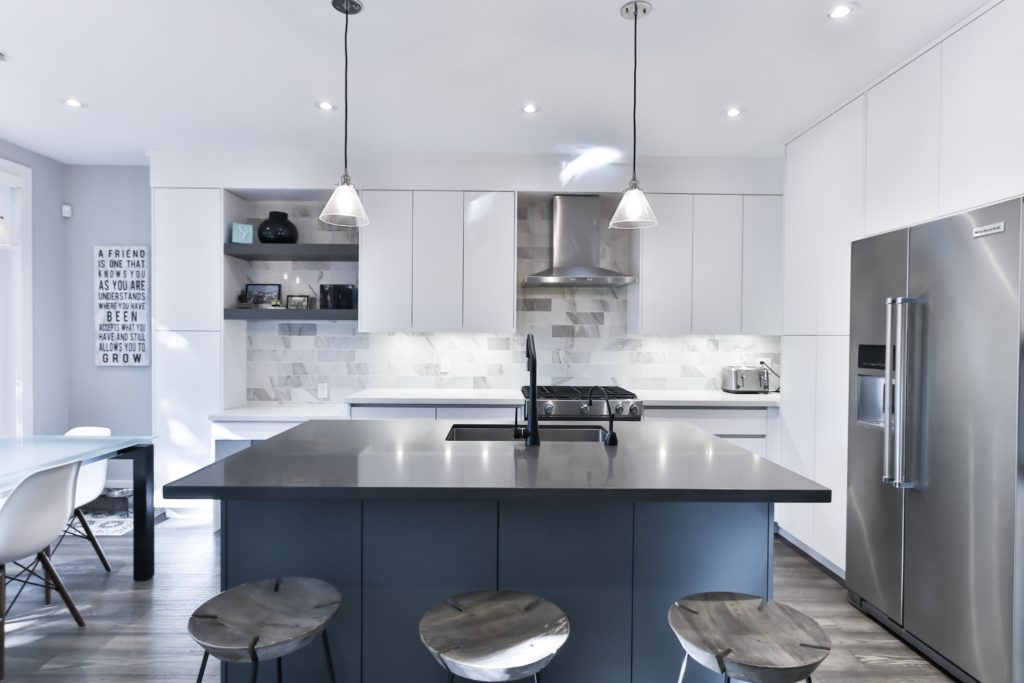
Modern Farmhouse in white
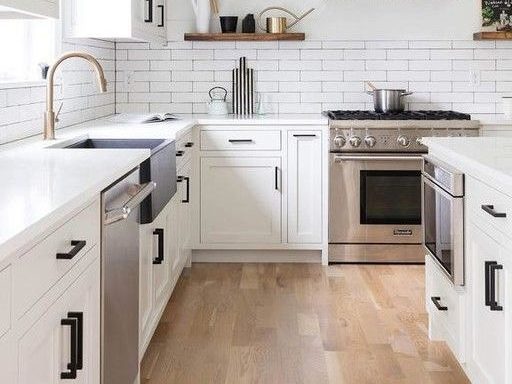
Navy tones

Modern: Warm and Sleek
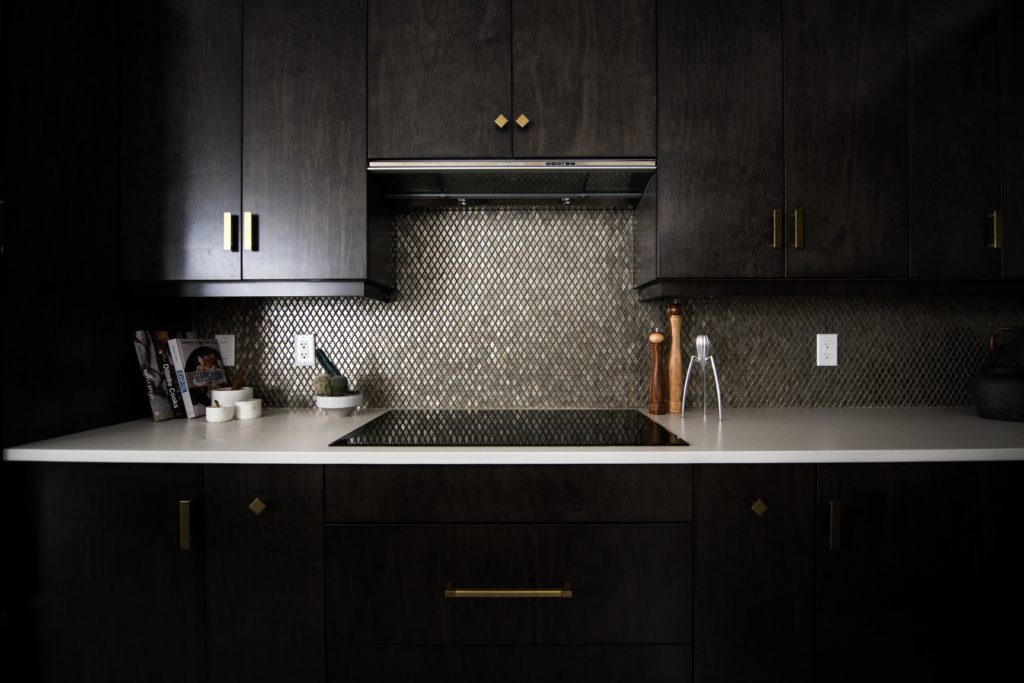
Modern Farmhouse in black
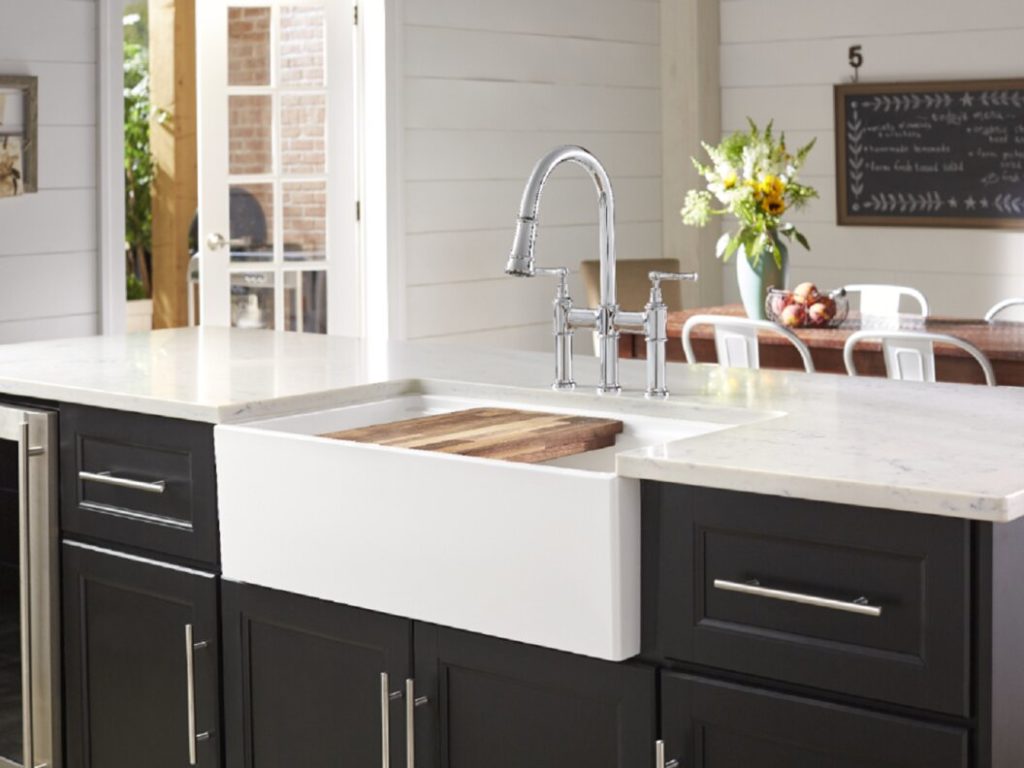
Light grey tones
